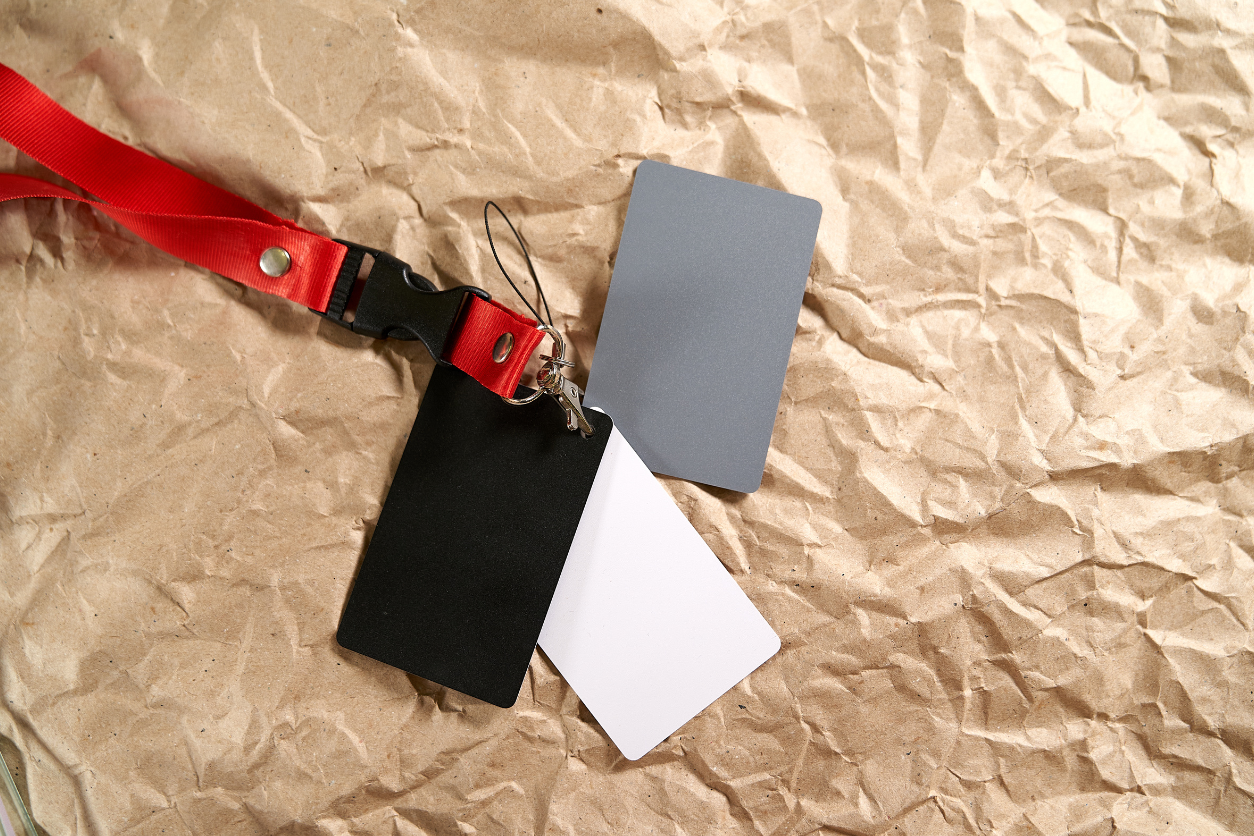How To Use White Balance Cards for Better Photos

Taking good photos isn’t just about having the right camera and lenses, it’s also about understanding the basics of photography, like white balance and exposure. One tool that can help you get the perfect shot is a white balance card. If you’ve never used one before, it can be a little confusing, but you don’t need a degree to understand how this amazing tool works. In this article, we’ll explain what white balance cards are, how they work, and give you tips on how to use them correctly.
Types of Cards
Gray Cards
Gray cards are often used in photography to set exposure and adjust the color tone. They can be used to measure exposure to properly set your camera’s ISO, aperture, and shutter speed settings, helping you take the perfect photograph.
White Balance Cards
White balance cards provide an easy way to adjust the color temperature of a digital camera or video camera so that colors are more accurately displayed in each shot. While gray cards can be used for this purpose, white balance cards are specifically designed for this and can provide more precise results.
Benefits of Using White Balance Cards
Improved Color Accuracy
By using white balance cards, you can ensure that colors are accurately captured in each photo or video you take without having to spend time editing them later on. This means that your photos have a consistent level of color accuracy without requiring any additional effort.
Decreased Editing Time
By using a white balance card during a shoot, you can reduce the amount of time required for editing photos or videos afterward since the colors will already be properly calibrated when they’re taken. This eliminates the need to tweak colors in post-production, giving you more time to focus on other tasks.
Color Calibration
White balance cards can help you achieve perfectly calibrated colors in each shot you take with your digital camera or video camera, giving you professional-grade results with minimal effort required on your part.
Instructions for Using White Balance Cards
When preparing to use a white balance card, it’s important to make sure all other aspects of your setup are in order first. This includes camera settings such as ISO, aperture, and shutter speed, as well as lighting setup if you are using artificial light sources or reflectors for your shoot.
Once everything is ready, you’ll need to take a “reference photo,” which is a single shot where the white balance card is placed in the photo with the photo subjects. This reference photo is what will be used by your software when adjusting the white balance setting afterward, so it must be taken first, and accurately reflect what will be captured in all subsequent shots taken during the session.
After taking the reference photo, you can then open it up in your editor of choice and use the eyedropper tool to select the exact color of the white balance card within the image. This will instruct your software to adjust its settings accordingly so that all other shots taken during that particular session have consistent color accuracy throughout them.
Summing Up
White balancing cards are essential for any photographer who wants to take accurate, professional photos with perfect color accuracy. Whether you’re shooting with a digital camera or a video camera, using one of these cards can help you achieve the perfect hue and tone for your photos without spending time in post-production. We’ve gone over the different types of cards available, their benefits, how they work, and step-by-step instructions for using them. With this knowledge, you can now take incredible photos with professional-grade accuracy and color.
Your Trust, Our Core Commitment
At Rising Tech, earning and maintaining your trust is the cornerstone of our mission. We're dedicated to transparency, impartiality, and the relentless pursuit of truth in every article, review, and recommendation we publish. Our commitment to these principles ensures that you, our valued reader, are always equipped with reliable and unbiased information. Let us be your trusted guide in the ever-evolving world of technology.